Reflecting on the Past, Looking to the Future
When alumni think about their time at Lewis & Clark, they often mention key professors who influenced the course of their lives. At the close of the past academic year, Lewis & Clark bid farewell to a few such faculty who have touched generations of undergraduate students.
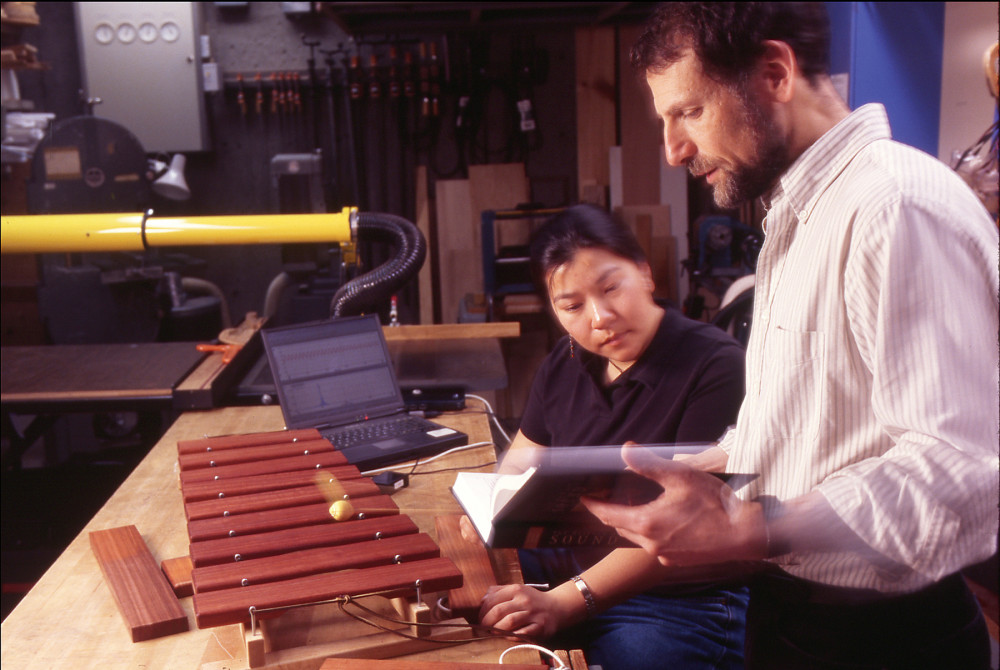
Michael Broide
Associate Professor of Physics and Teacher of the Year, 2004 and 2022 Years of Service: 30
Path to Lewis & Clark: Even before the airplane landed at PDX, I had a feeling that this was it. I had attended big universities for my own education, but that was not the environment I wanted to end up working in. I was looking for a liberal arts college. Unfortunately, most colleges are in places that I did not want to live. After a long search, I found Lewis & Clark, which was located in a gem of a city surrounded by mountains, forests, and a rugged coast. When I toured the campus and met the students, it felt like home on so many levels.
Favorite courses to teach: I know this sounds corny, but I enjoyed teaching all my courses, from the ones for physics majors to the ones for a general audience. I even enjoyed teaching on Zoom during the pandemic. Physics is in my bones, so as long as I have an audience, I’m ready to go. I’m like a firefighter, I sleep in my physics gear.
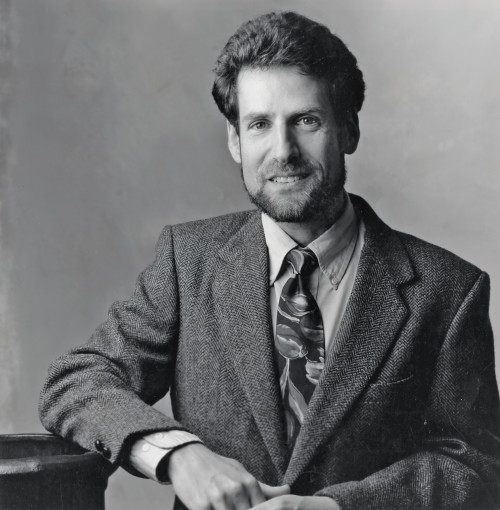
What’s changed, and what’s remained the same: Technology changed the most: cell phones, the internet, social media. I’m not happy about how these gadgets devour our attention, but technology saved the day during COVID when we moved to Zoom. What has not changed over the years is the culture of our students; they continue to be curious, collaborative, and unconventional.
What people might not know about you: My parents were born in Novogrudok, a small town in Belarus. During the Second World War, they were prisoners in a labor camp in Siberia. Their journey of loss and survival is woven into my DNA. Studying physics, being a teacher, and telling funny stories—that’s my way of mending the world.
Favorite place on campus: The view of Mount Hood from behind the Manor House. I love the way the corridor of the gardens draws the mountain in.
What you’re most proud of: I’m really proud of the impact that our students make when they go out into the world.
What’s next: My first goal is to decompress and be off leash for a while and take long bike rides and hikes. But then I’ll get down to business doing house projects, writing poetry, traveling, doing stand-up comedy, and going down rabbit holes to explore things that I’m interested in, from physics to etymology.
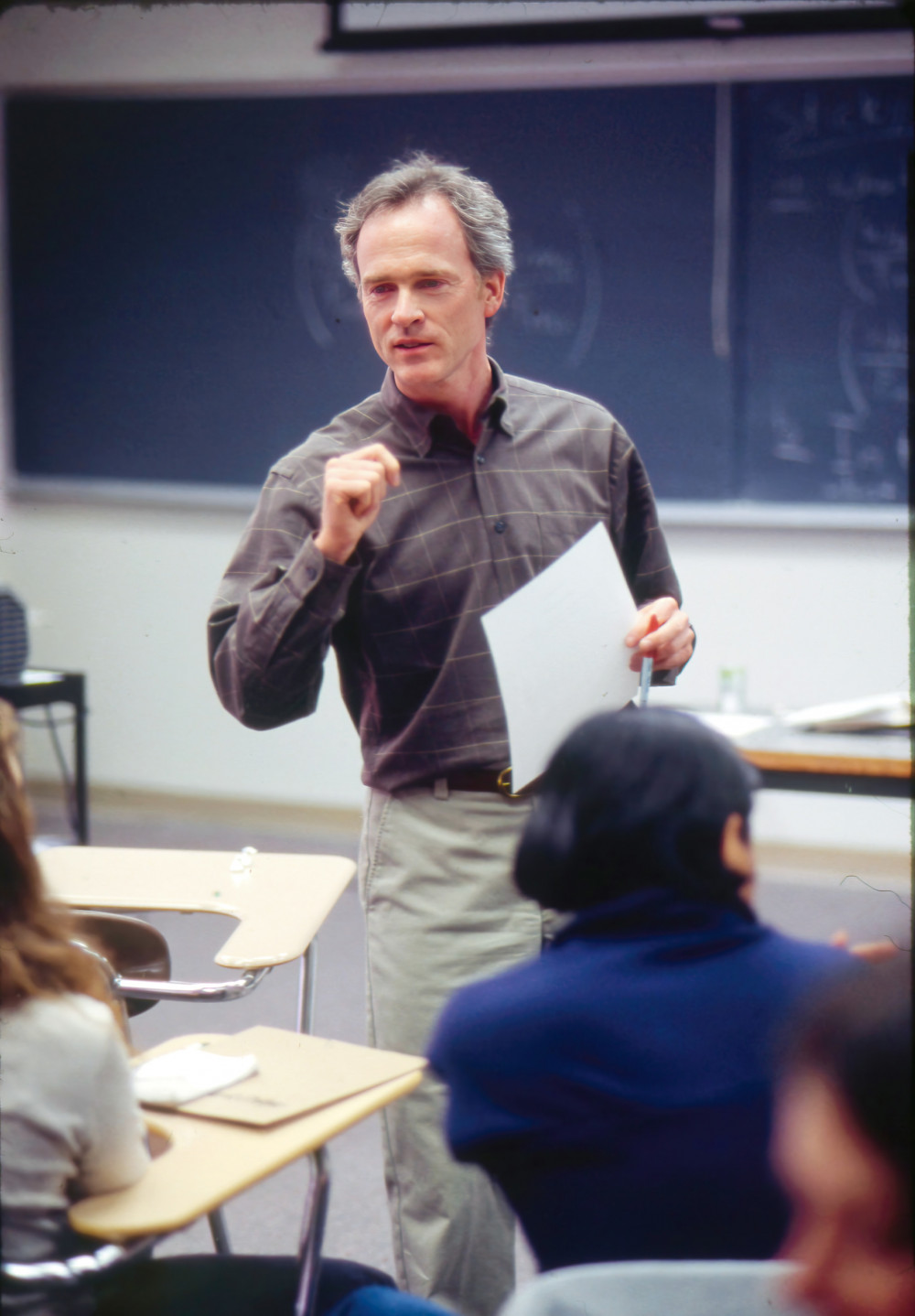
Art O’Sullivan
Pamplin Professor of Economics Years of Service: 21
Path to Lewis & Clark: I earned a BA in economics from the University of Oregon and a PhD from Princeton. I went on to serve as an assistant professor at the University of California at Davis and a professor at Oregon State University. From there, I joined the faculty of Lewis &Clark.
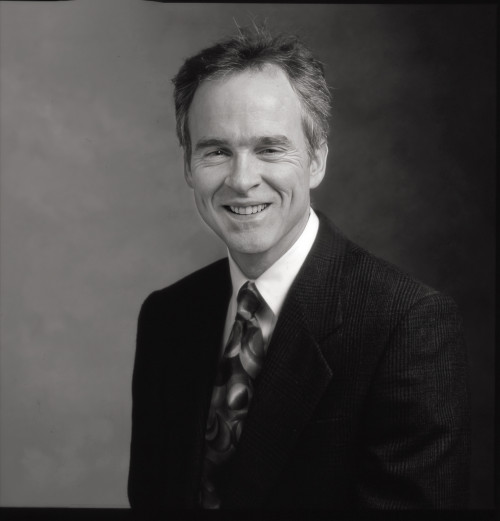
What you’ve enjoyed most: My interactions with students and faculty.
What people might not know about you: I was once a Peace Corps volunteer in the Philippines.
Favorite place on campus: The old outdoor tennis court.
What you’re most proud of: I’m most proud of developing the new course Behavioral Economics.
What’s next: I’m looking forward to emeritus teaching.
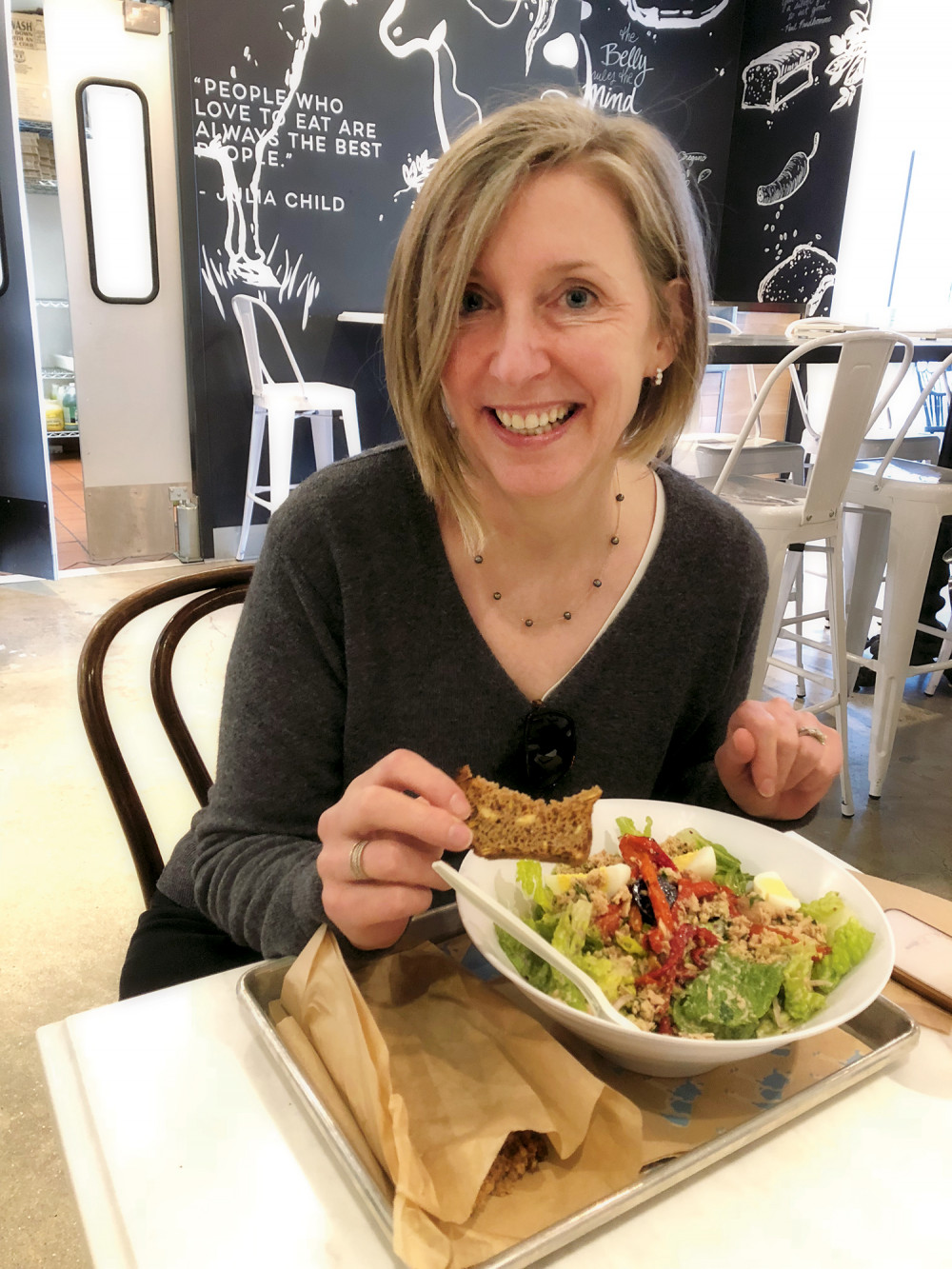
Amelia Wilcox BA ’81
Assistant Professor With Term of Psychology Years of Service: 12
Path to Lewis & Clark: At the beginning, it was a family path. My father, my uncle, and two of my cousins all graduated from L&C—then my brother followed me. After finishing my PhD, I joined the clinical faculty in the School of Medicine at the University of California at San Francisco, where I taught medical students and psychiatry residents the art and science of clinical care. I spent my time at San Francisco General Hospital, where I first fell in love with the complex public health patients I still teach about today. When my husband, Jim, and I moved back to Portland, Janet Davidson asked me to teach the clinical psychology section of her introductory psychology course, and one thing led to another. Here I am, a dozen years later.
Favorite courses to teach: They are all fun, but I’ll choose two—the Internship Capstone and Psychiatric Health: The Complex Patient in a Complex System. I love the internship course because it gives our students an opportunity to put their knowledge to work in many different settings. Everyone learns from each other—it is a semester-long object lesson in the broad applicability of a psychology degree from L&C. It’s not uncommon for students to get their first job as a result of the connections they make during this important class.
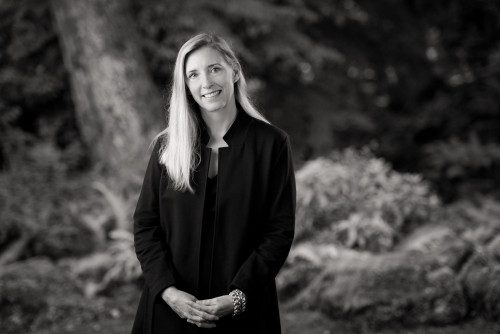
What you’ve enjoyed most: Teaching is such a joy—so much so that I find myself teaching, whether I am in the classroom or with clients in my clinical practice. Helping someone open their eyes to the world in ways they had not considered before is an immense privilege, and to have spent the last 12 years doing that on the campus where I fell in love with knowledge has been one of the greatest pleasures of my life.
What’s changed, and what’s remained the same: There have been many changes to our built environment, but our amazing students and my wonderful colleagues have been a constant. This is, and has always been, a community of curious, engaged, and lively scholars.
Favorite place on campus: I have a funny sentimental connection to the third floor of Platt West, my first home at L&C. But I think my absolute favorite place on campus is the Manor House, particularly the view of Mount Hood from the entry hall, and the lovely library right next door where [former president] Jack Howard used to have his office.
What you’re most proud of: Absolutely my family. I am lucky to have shared life with my husband, Jim Mol, for 36 years. He is also a psychologist and has spent most of his career in hospital mental health care management. Our daughter, Phoebe, is a glorious human—24 years old, she lives and makes art in Minneapolis and is publishing her first sequential art book this summer, titled A Fish Out of Water. The two of them bring me so much joy. Plus, we have adorable dogs.
What’s next: In truth, my retirement is in name only, and it likely would not have happened were it not for the pressure on the mental health system as a consequence of the pandemic. I’ve always worn two hats, as an academic and a clinician. I am stepping back from my teaching life simply because of the critical need for clinicians in our community. I will also continue to sit on the board of directors at Cascadia Behavioral Healthcare, a really important part of Oregon’s mental health infrastructure. Plus, next spring I’m back on campus to teach the Internship Capstone! ■
More L&C Magazine Stories
Lewis & Clark Magazine is located in McAfee on the Undergraduate Campus.
MSC: 19
email magazine@lclark.edu
voice 503-768-7970
fax 503-768-7969
The L&C Magazine staff welcomes letters and emails from readers about topics covered in the magazine. Correspondence must include your name and location and may be edited.
Lewis & Clark Magazine
Lewis & Clark
615 S. Palatine Hill Road MSC 19
Portland OR 97219

